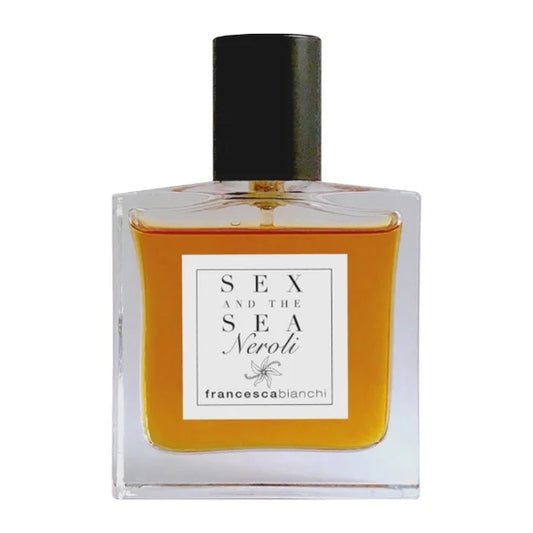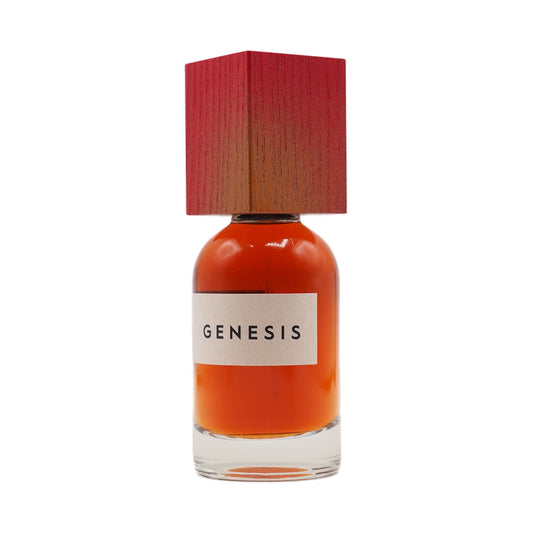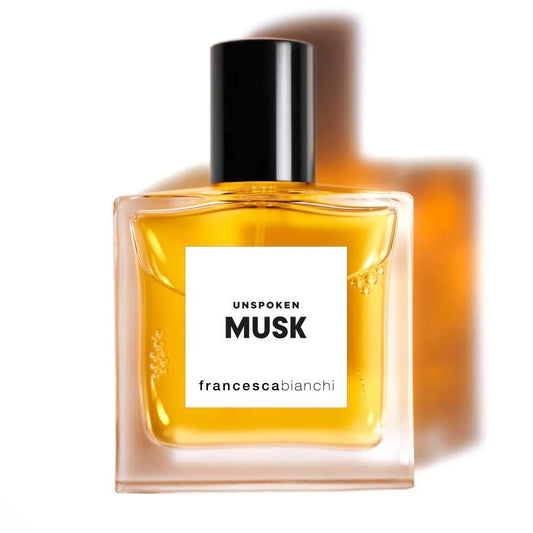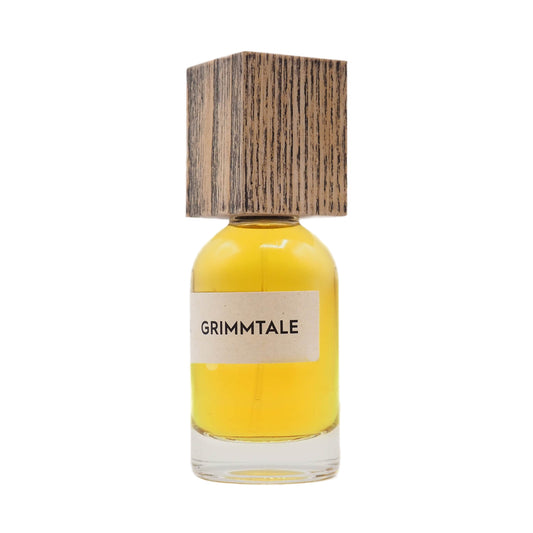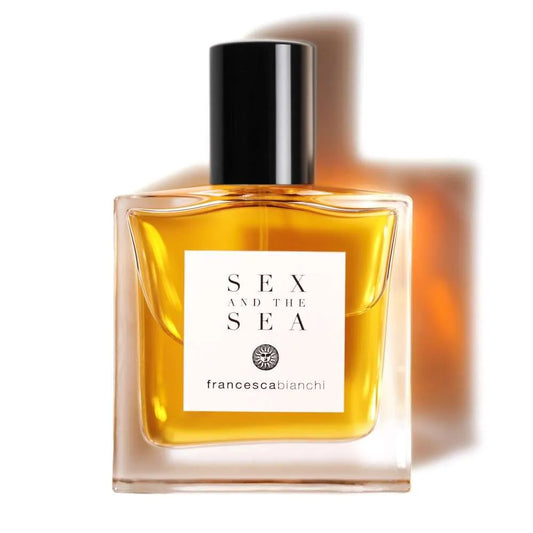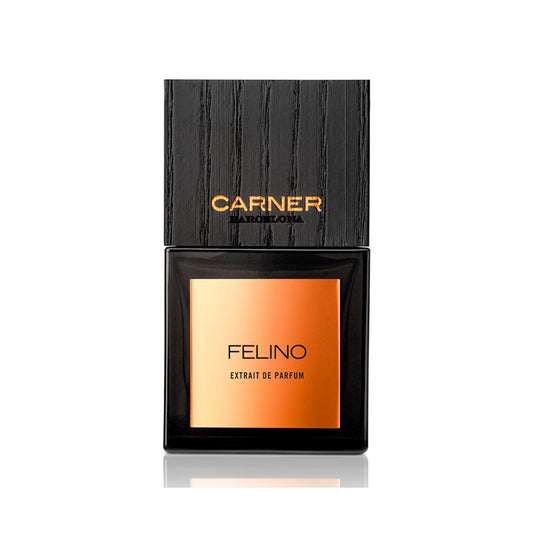Collection: Civet
Perfumers love animalic notes – including civet – for the raw sexiness they deliver to perfumes, and for that reason it’s incredibly popular and found in many of the world’s most notoriously seductive scents.
Heaven knows how or why someone had the idea of using the soft, paste-like glandular secretion from underneath the swishy striped tails of civet cats, however, which they use to mark their territory: it’s extraordinarily powerful and even stomach-turningly obnoxious in its concentrated form. But in the hands of a gifted nose…? Diluted, blended, civet morphs into something altogether lustily musky and inviting, adding warmth and radiance to floral scents especially, and working as a ‘fixative’.
Actually, it was 10th Century Arabic perfumers who pioneered the use of civet (which isn’t a cat at all, rather confusingly; it looks more like a spotted-and-striped possum). It rapidly became incredibly desirable (in every way) as a perfume ingredient, with artisans using civet (albeit highly-diluted) to scent gloves, in Shakespeare’s time.

-
Sex and the Sea Neroli
Regular price From CHF 118.00Regular priceUnit price / per -
CROWN OF FIRE EXTRAIT DE PARFUM
Regular price CHF 230.00Regular priceUnit price / per -
UNSPOKEN MUSK
Regular price From CHF 118.00Regular priceUnit price / per -
SEX AND THE SEA
Regular price From CHF 118.00Regular priceUnit price / per


